The Northern Lights tend to steal the spotlight when it comes to bucket-list travel experiences, and for good reason. Unfortunately, if you didn’t catch them this year, you’re out of luck for now, as the prime season to spot the Northern Lights (October to March) is over.
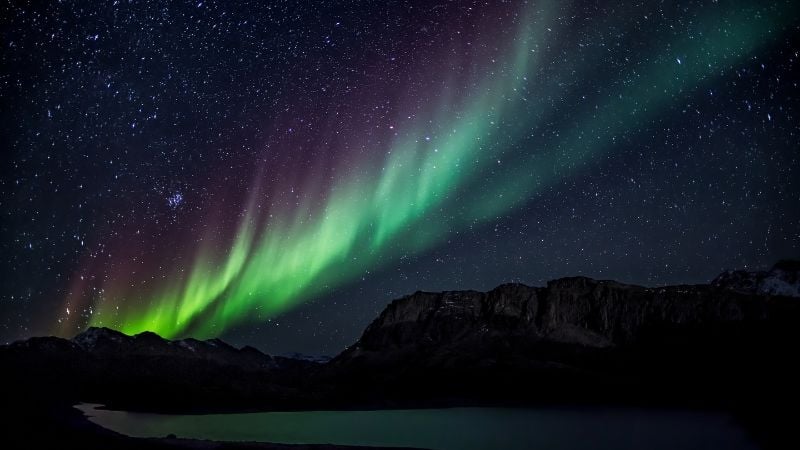
Image credit: Visit Greenland via Canva Pro
But here’s something you might not know: there’s a southern counterpart, and 2025 is shaping up to be one of the best years in decades to see it.
Known as the Aurora Australis, the Southern Lights are set to dazzle with brighter and more frequent celestial displays, thanks to an intense solar cycle peaking this year. And unlike their northern sibling, they’re just getting started. If you’re looking for a perfect June holiday destination, this is the one!
Also read: 7 Dark Sky Places in Asia Perfect for Stargazing10 Places Near Singapore to Go Stargazing
What are the Southern Lights?
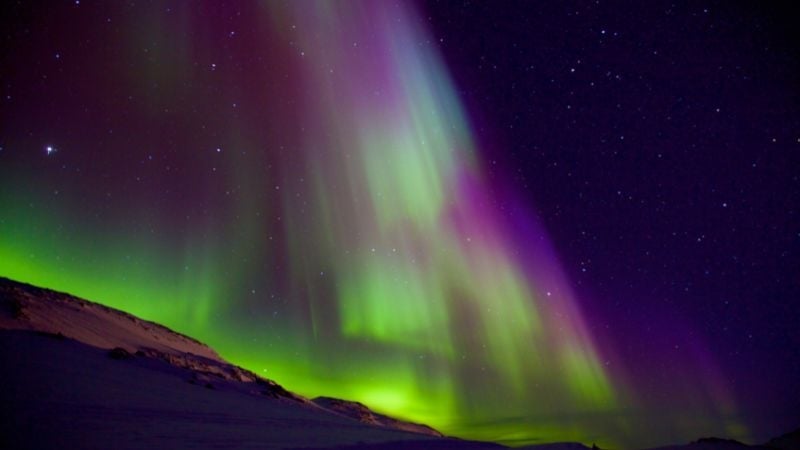
Image credit: gaiamoments via Canva Pro
The Southern Lights, officially known as the Aurora Australis, work similarly to the Northern Lights. They occur when charged particles from the sun interact with Earth’s magnetic field and atmosphere, releasing bursts of colourful light.
These lights appear as shifting curtains and arcs of green, pink and violet light stretching across the horizon. The effect is both dynamic and serene, a constantly changing spectacle that transforms the night sky into a living canvas of colour and light.
What makes them special
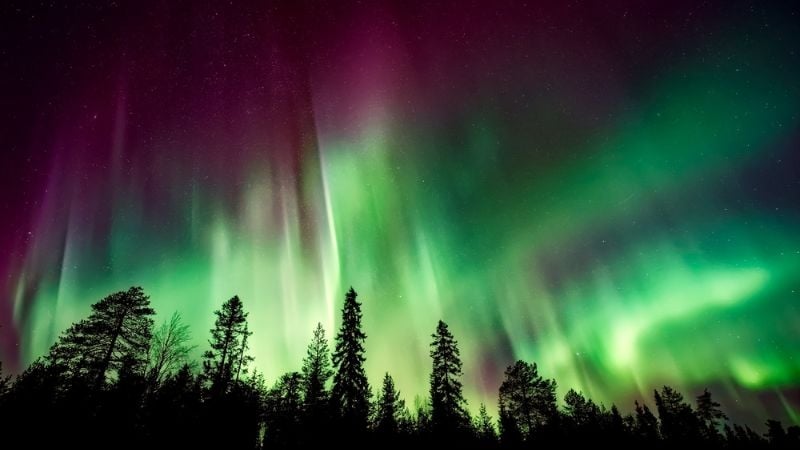
Image credit: 12019 via Canva Pro
The Northern Lights often get all the glory, and they are indeed stunning. But the Southern Lights have a mystique of their own. Part of what makes them special is how rarely they’re seen. With fewer landmasses in the high southern latitudes, there are simply fewer places from which to witness them, meaning far fewer people ever get the chance.
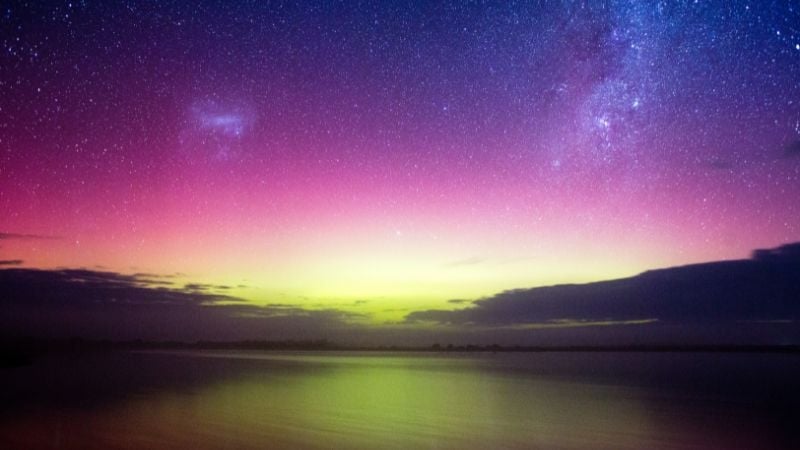
Image credit: dannogan via Canva Pro
And because they are often visible from remote, unpolluted areas, their colours actually tend to appear richer and more vivid than the Northern Lights. They also appear in a bigger spectrum of hues.
A dazzling year

Image credit: tonymelony via Canva Pro
So, why all the excitement around 2025 in particular? It comes down to the solar cycle, an 11-year pattern of solar activity that directly affects auroras. This year, the sun is reaching its solar maximum, the peak of the cycle when solar flares and storms are most frequent.
These solar storms send high-energy particles hurtling towards Earth, intensifying the auroras in both hemispheres. Experts say this peak could produce the most vibrant and visible Southern Lights in nearly two decades.
In fact, at the start of this week, a powerful geomagnetic storm triggered one of the most widespread Aurora Australis displays in recent years. The spectacle was visible across most of Australia and New Zealand.
A personal note
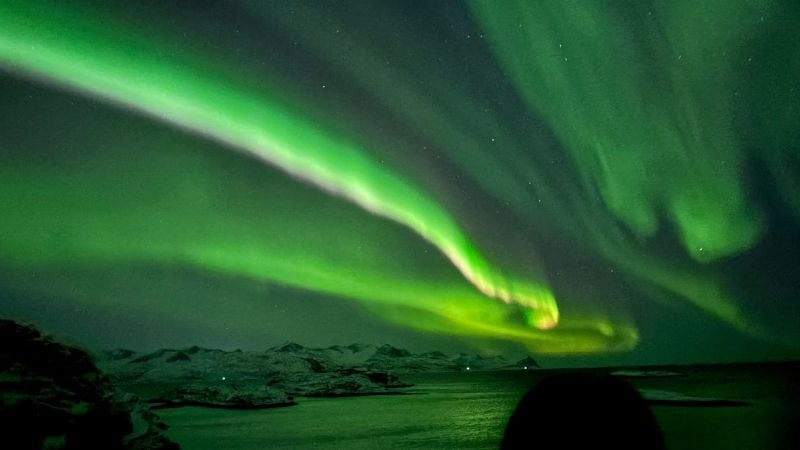
Image credit: Amanda Lim
Personally, I would really recommend giving the chase a shot if you’re still thinking about it. It sounds cliché, but there really isn’t a way to put the sight into words. This picture was from my experience getting lucky enough to see a stunning instance of the Northern Lights.
It was extremely surreal to stand there and actually understand what the phrase “curtains of light dancing” looks like in real life. Seeing those waves of green and purple ripple gently across the sky makes you feel small in the best sort of way.
It’s truly a moment of pure magic that makes the effort of chasing the lights more than worth it. And even if you don’t catch the lights, just the sight of the star-filled sky is already gorgeous enough.
Where to see the Southern Lights in 2025
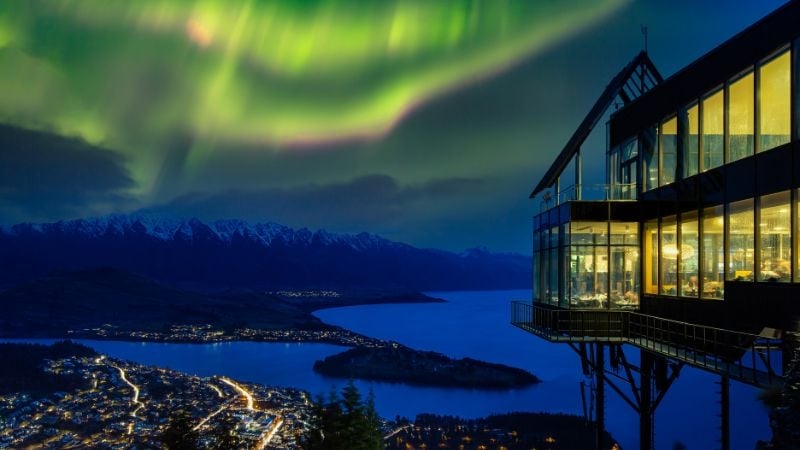
Image credit: Worawat Dechatiwong via Canva Pro
For the best chance of seeing the Aurora Australis, head as far south as you can, and as far from city lights as possible. Tasmania is one of the top spots, thanks to its latitude, low light pollution, and wild, open landscapes.
Top places to go:
- Mount Wellington: Offers panoramic views of the city and the southern sky, making it a prime location for aurora viewing.
- Bruny Island: Wide southern views and minimal artificial light make this one of Tasmania’s top aurora spots.
- Cradle Mountain-Lake St Clair National Park: Offers stunning scenery by day and clear skies by night.
- Mount Nelson or Rosny Hill Lookout (near Hobart): Easily accessible for those staying in the city, though ambient light can affect visibility.
- South Arm Peninsula: A popular local favourite for its south-facing beaches and dark skies.
Other notable destinations include Victoria’s south coast, Stewart Island/Rakiura in New Zealand, and even the Falkland Islands for the truly adventurous.
Tips for catching the southern aurora
The best time to catch the Southern Lights is usually late evening to early morning, especially between May and August when the nights are longest. Aim for clear, dark skies far from city lights, and try to avoid nights with a full moon, as its brightness can wash out the display.
Dress warmly, particularly if you’re heading to higher elevations where temperatures can drop sharply. To stay informed, consider using apps like My Aurora Forecast or SpaceWeatherLive, and join local groups such as the Aurora Australis Tasmania Facebook community for real-time forecasts and alerts.
Also read: Enchanting Destinations to Experience ‘Blue Tears’ Near Singapore
Don’t miss the moment
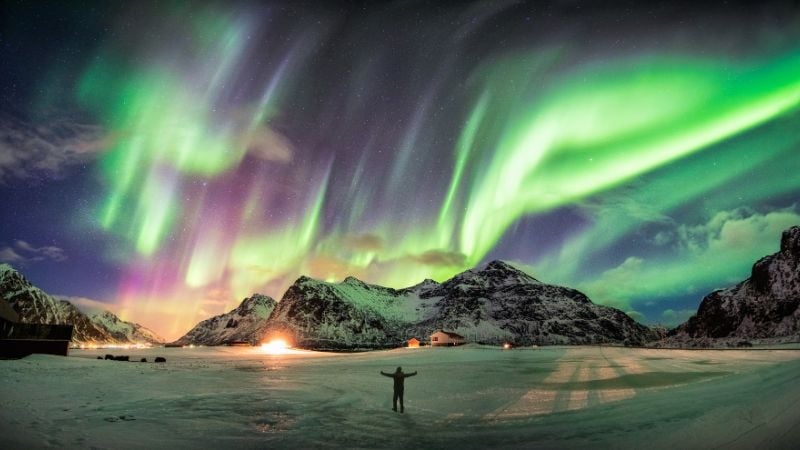
Image credit: Rustic Wanderlust via Canva Pro
Opportunities like this don’t come often. With 2025 promising the brightest and most far-reaching Southern Lights in decades, it’s a rare chance to witness something truly otherworldly. Time to start planning your June getaway!




